China, Kangxi period (1661-1722).
The vase of baluster form with a rounded belly, the elongated cylindrical neck with a flaring rim, covered in an attractive crackled turquoise glaze, stopping just above the footrim
About turquoise glaze:
Turquoise glaze owes its color to copper oxide in an alkaline glaze mixture. It has a long history in Chinese ceramics, dating back at least to the Tang dynasty. Interest in turquoise glaze was also present among Middle Eastern potters, though their methods to achieve similar results differed. The technology varied depending on the material the glaze was applied to.
One of the curiosities of the Chinese potters' techniques was their use of saltpeter, a soluble material, often unfitted. The saltpeter was mixed with quartz and water (and sometimes with lead oxides or carbonates) to create low-temperature glazes.
After analyzing a late 19th-century raw turquoise glaze used at Jingdezhen, the renowned French ceramic chemist Georges Vogt wrote in 1900:
'The simplicity with which the Chinese prepare this turquoise ... is truly remarkable. Nothing in its composition needs to be melted, or to be fitted. The only preparation needed is to grind together the saltpeter, the quartz and the copper powder in suitable proportions and it is ready to be used on porcelain vases.'
Dimensions:
Height 13.5 cm, diameter 6.5 cm.
Condition:
A faint hairline to the mouth rim of ca. 2.5 cm, furthermore in perfect condition.
Worldwide registered and insured shipping.
Take a look at our other listings for more Asian art, antiques, design, etc.
Inv. No: MW67





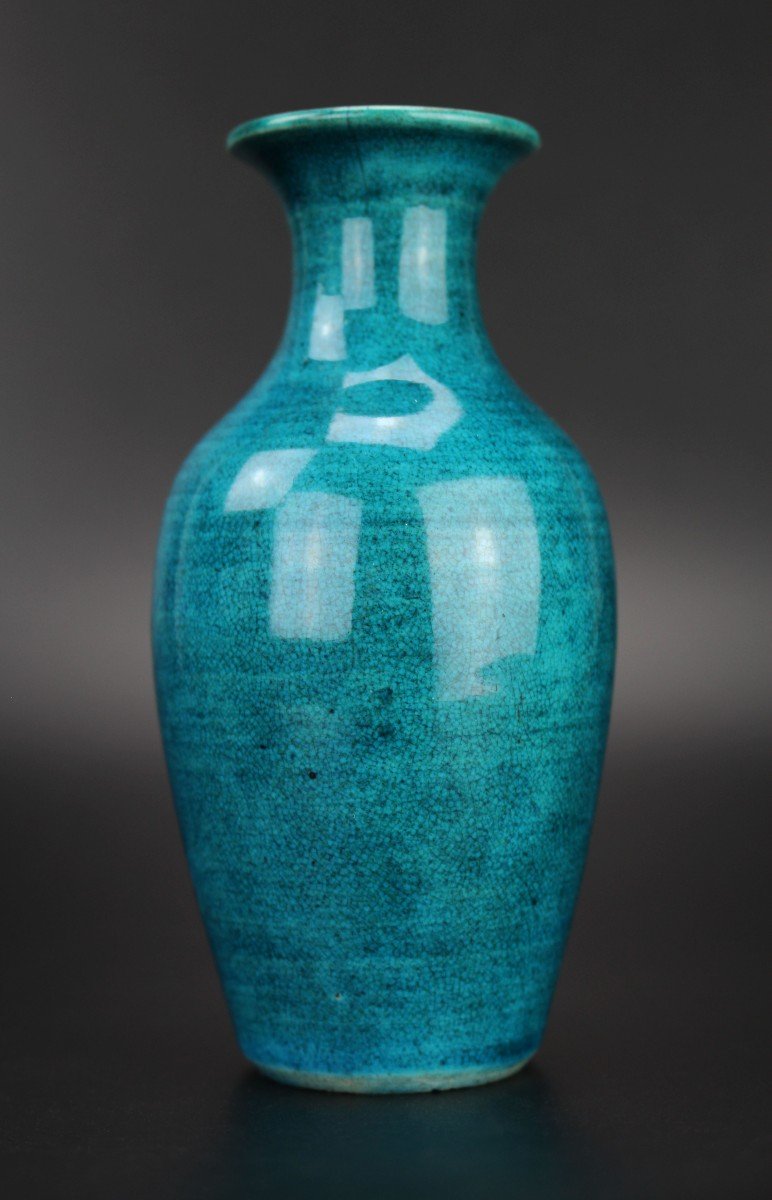




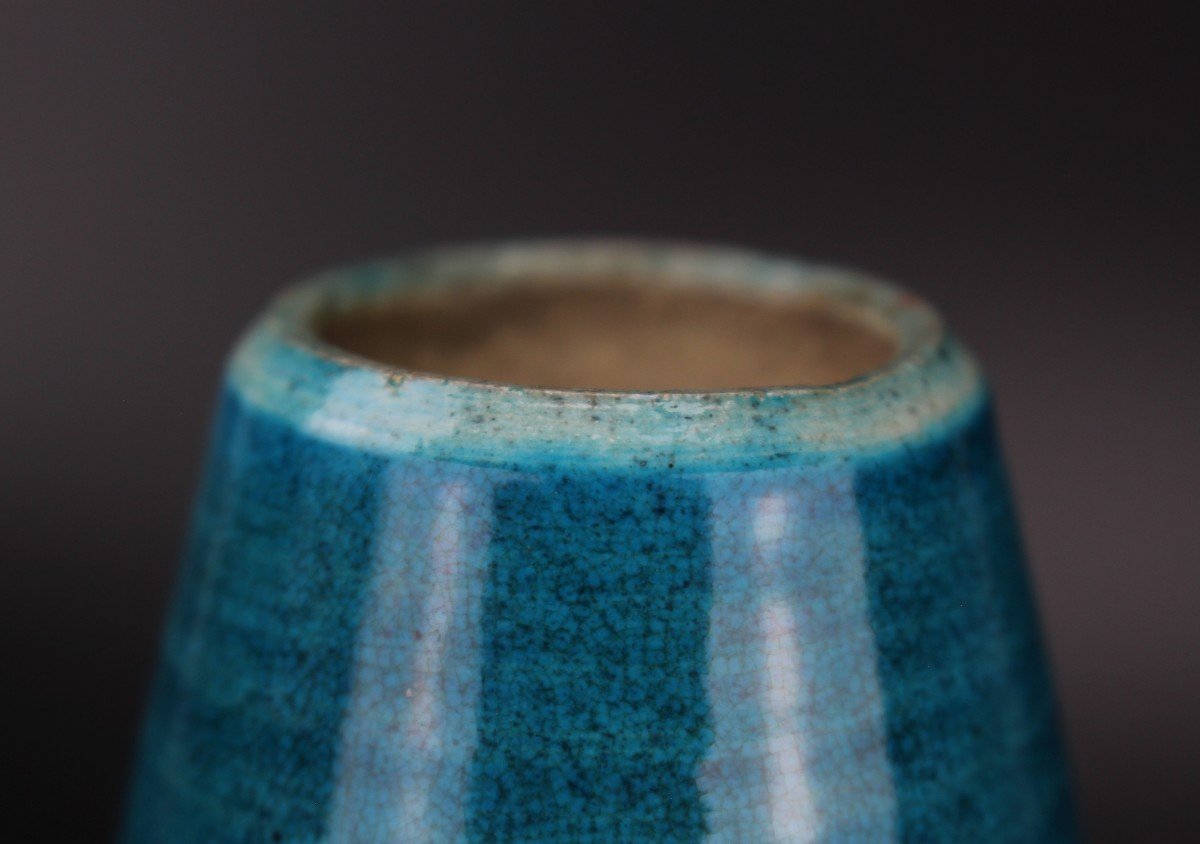
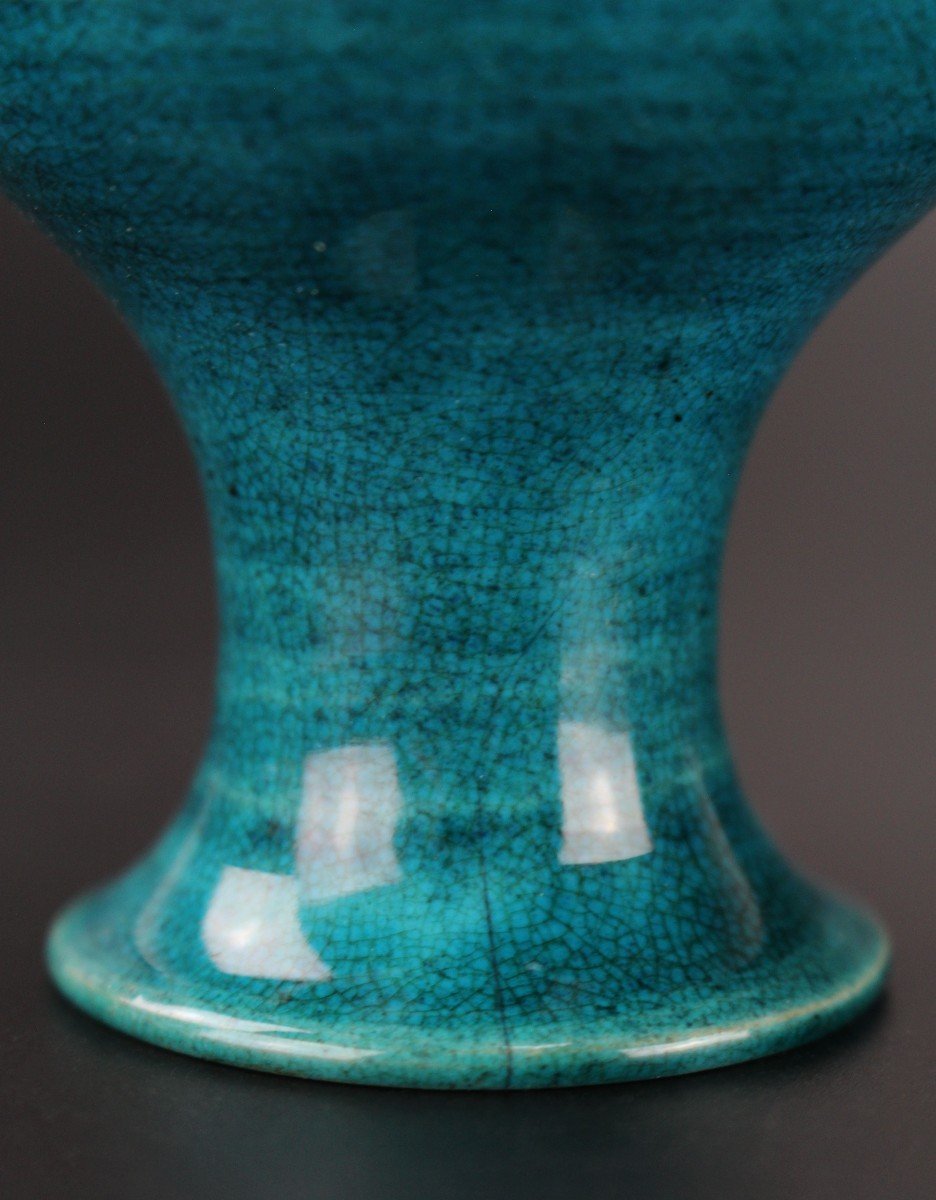














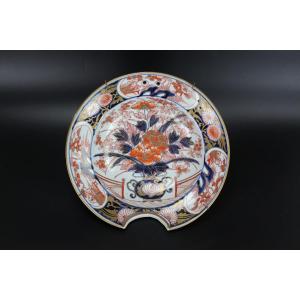














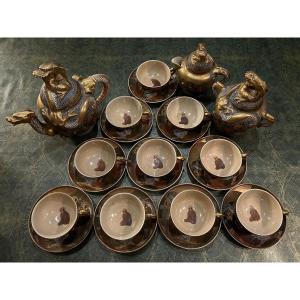
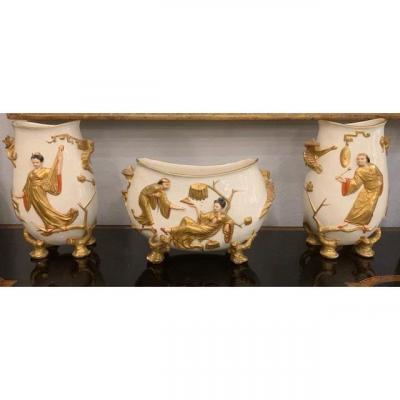





 Le Magazine de PROANTIC
Le Magazine de PROANTIC TRÉSORS Magazine
TRÉSORS Magazine Rivista Artiquariato
Rivista Artiquariato